"Electric vehicles are not allowed to charge in the charging station?" Recently, Xiaoming, the owner of an electric car in Huizhou, encountered a worry. Xiaoming, a handsome young man, drove his beloved plug-in hybrid electric vehicle and was about to charge it in the charging station. As a result, the security guard directly stopped the car and people outside the door. "Plug in hybrid electric vehicles are not allowed". Xiao Ming: It's not like I don't pay. Why don't you charge me? Coincidentally, Xiao Wang, the owner of Hongguang Mini EV in Shenzhen, also encountered the same thing.
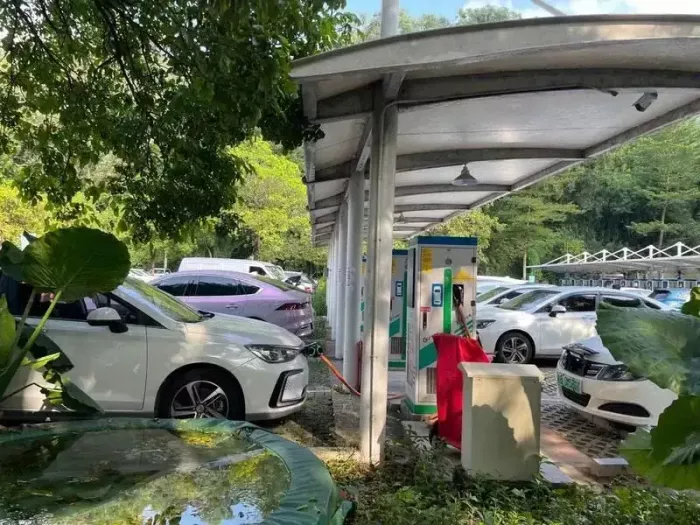
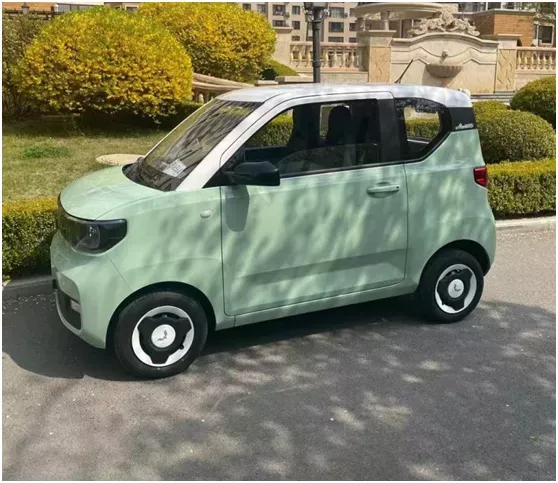
Xiao Liu, the security guard of their charging station, told Xiao Wang that our leaders have told us that you are not allowed to charge this car.
What's going on? Why do plug-in hybrids and mini EVs not allow charging.
When I went back to talk with the riders, I found that many plug-in hybrid electric vehicles and mini EVs in Shenzhen and Huizhou had recently been pulled into the "blacklist" by the charging station and were not allowed to enter the station.
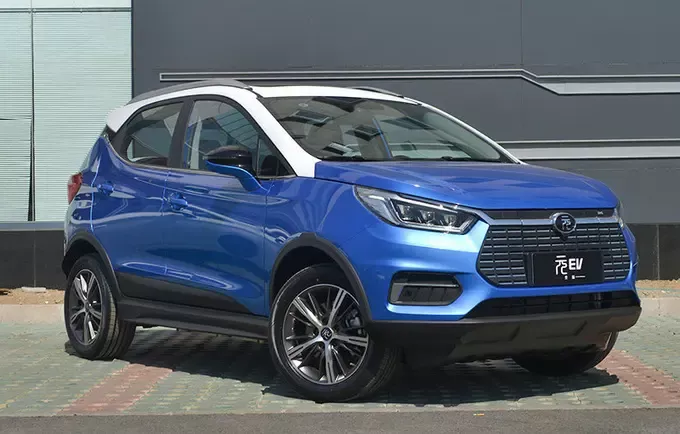
Seeing this, I believe that many poor friends want to complain about the grievances of these car owners. Why do they have to discriminate when charging a charging station?
In fact, the security guard is not to blame for this.
The reason why these cars are not allowed to enter the charging station is that the owners drive modified electric vehicles. In other words, the car factory only supports slow charging, but the owners privately refit the slow charging into fast charging.
Why refit? It is still too slow to charge.
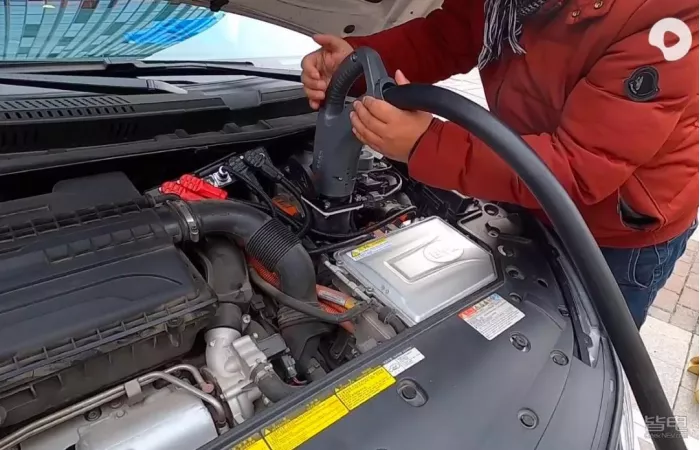
At present, many plug-in hybrid cars carry batteries of more than ten degrees or even several degrees, with a range of about 100 kilometers.
Car companies thought that this car mainly burns oil. If it is recharged occasionally, it is more than enough to drag a plug-in board at home to recharge slowly.
The same is true of Hongguang Mini ev. Although it is not a plug-in hybrid car, it is an urban courtesy car. The battery with more than ten kilowatt hours of electricity is also cheap. The household 220V can be used. Therefore, car companies only engage in slow charging.
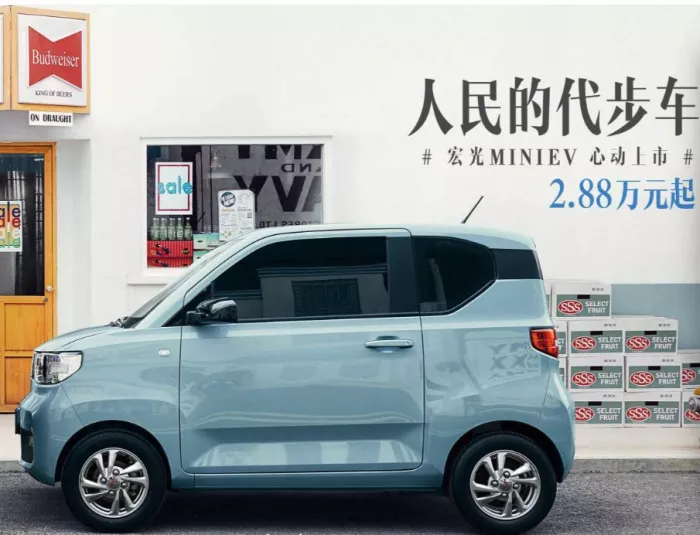
For car companies, slow charging does not require a complex thermal management system, which can greatly save costs. Why not.
However, many slow charging car owners suffer. Many hybrid car owners walk tens of kilometers to and from work. They do not want to use oil, but only electricity.
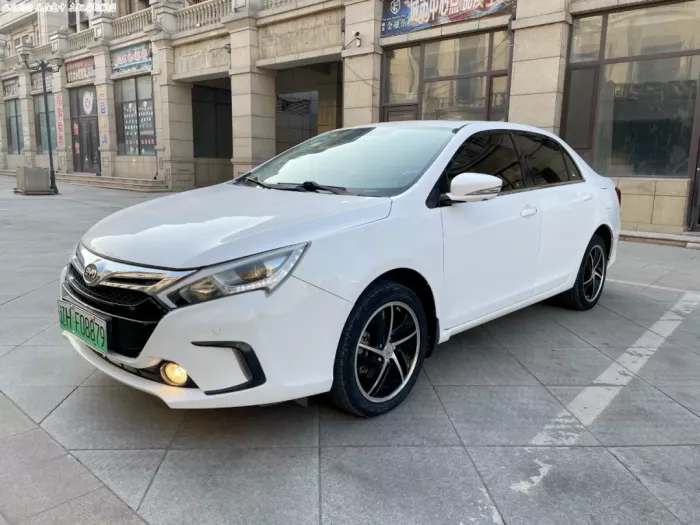
However, in case of forgetting to charge at home one night, almost all the charging stations outside are fast charging piles without slow charging. And it takes 89 hours to fill it slowly. It's too slow.
Mini EV owners have a deep understanding.
The 21st century, even iphone All of them have used the 20W official fast charger, and my electric car still needs to be recharged for one day.
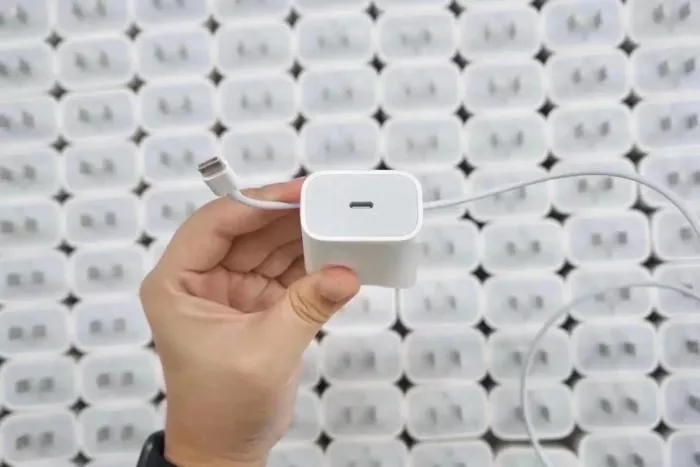
Therefore, the fast charging and refitting in less than an hour is full of temptations for mini EV and slow charging and plug-in hybrid owners.
Take Hongguang Mini EV as an example.
With only a few thousand yuan, Hongguang Mini instantly turns into Hongguang Pro max, and it takes only 30 minutes to charge 90%.
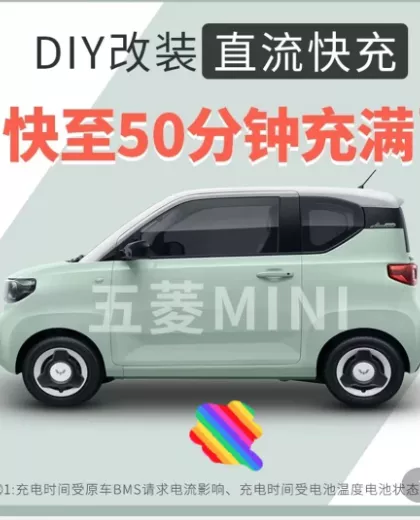
Moreover, the seller claims that the modified equipment has been certified by the national standard and is absolutely safe. The quality is guaranteed. It doesn't affect the car warranty.

Fragrant! This is so sweet.
But is that really the case? Is it really a "Utopia" for small electric vehicles to change from slow charging to fast charging?
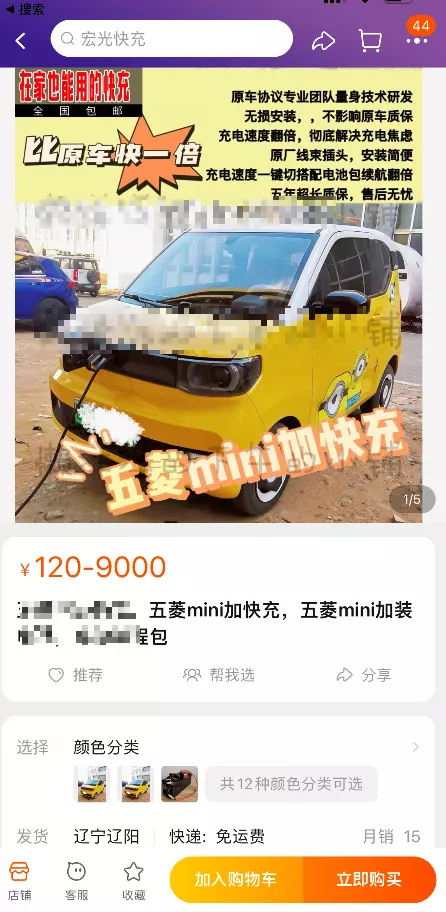
Of course not.
Let me tell you the principle.
Electric vehicle charging is divided into DC fast charging and AC slow charging. In order to reduce unnecessary losses, the power grid sends out AC power, but the battery of electric vehicles only eats DC power.
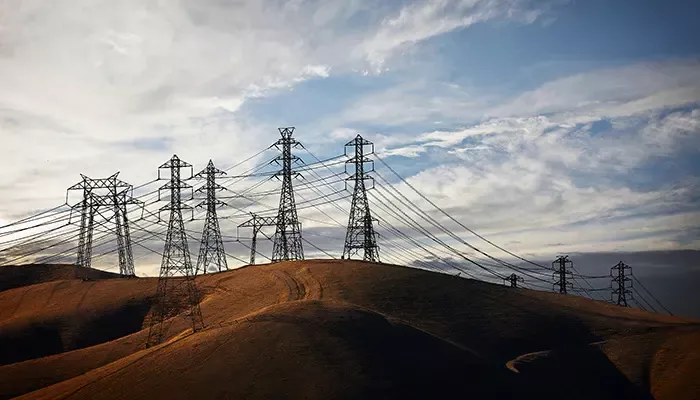
So we need to convert alternating current into direct current.
DC fast charging is to change AC into DC in the fast charging pile of the charging station, and then charge it into the battery.
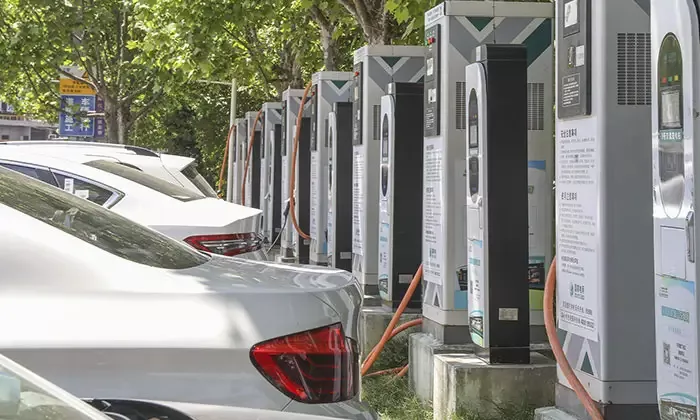
Because the charging pile is external and the steps of converting AC to DC are also external, cooling and temperature monitoring can be done well, so the charging power can reach 60kW or even 200kW or higher.
The slow charge is to convert AC into DC through the internal charger of the electric vehicle, and then charge the battery. The charger plays a role with the big black block in the middle of your small electric donkey charging line.
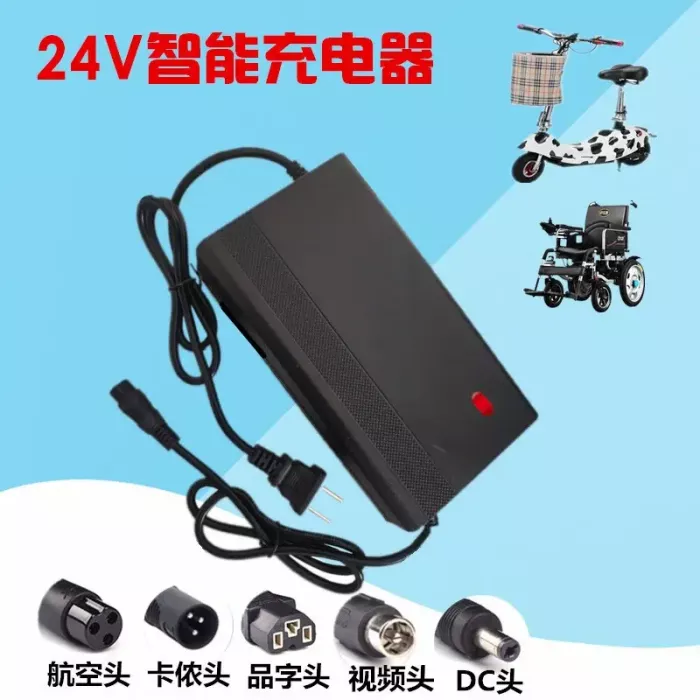
The charger is a gadget in the car. It can't be made large. It can't be cooled well. The power has to be small, only about 7KW and 40 kW.
Therefore, the fast charging port and the slow charging port are not universal, similar to the mobile phone type-C port and Apple Lightning port is not used even for charging pile.
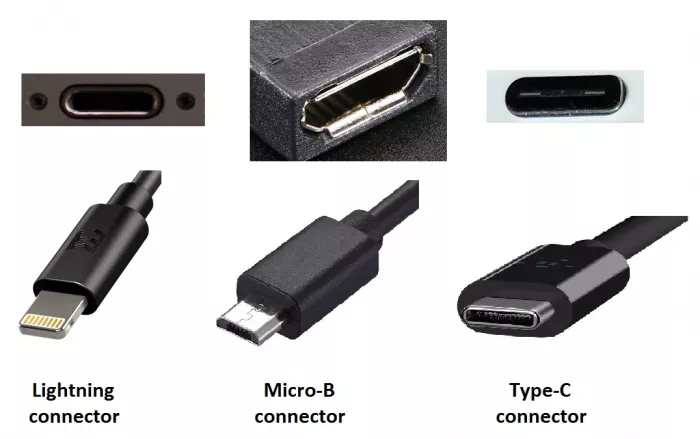
So how to change the slow charging of electric vehicles to fast charging?
The claw extends to the kinetic energy recovery system of electric vehicles.
The reason why the slow charge is slow is that it must pass through the charger, so it is not enough to directly bypass the charger and let the high-power DC of the DC charging pile directly plug into the battery.
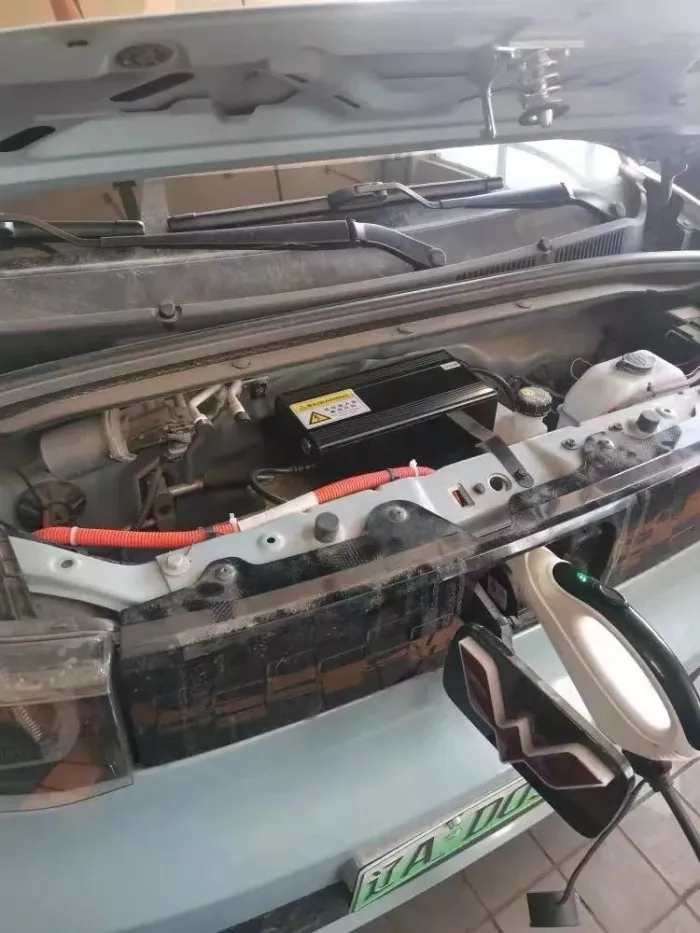
In addition to the charging port, another thing that can charge the battery is the kinetic energy recovery system.
Of course, it is not as simple as directly plugging the charging line into the dynamic energy recovery system. It needs to install inverter, step-down converter, communicator, fast charging interface, etc.
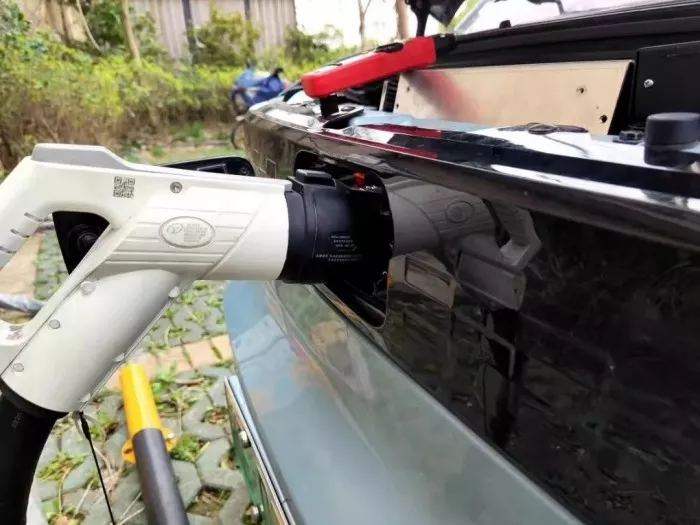
em... With this set of combined punches, kinetic energy recovery has become a fast charging bridge.
For small EV owners, eight to nine hours of charging is reduced to less than one hour.
This joy is no less than Cook said that the iPhone supports 120W fast charging.
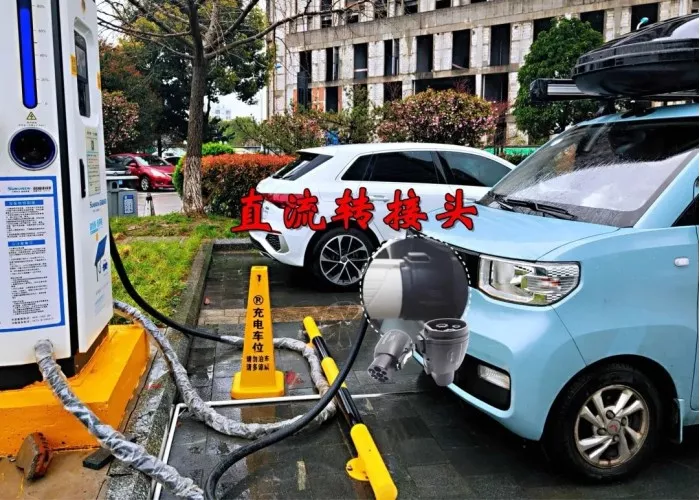
But fake is fake after all. When kinetic energy recovery is designed, it can only consume electricity for a few seconds. You should treat it as a fast charging "highway" and feed large DC power into it.
The first problem is fever, which is the same as the rapid charging of mobile phones.
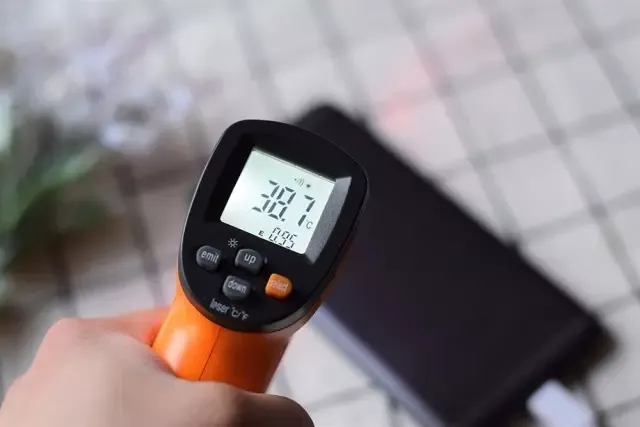
The original cheap slow charging small EV has no complex thermal management system. As a result, you have bypassed these only "firewalls".
Charging is fast, but the heat directly soars. In addition, those who do these modifications are not professionals, and the high-voltage insulation and leakage protection have not been done well, so the EV will become a time bomb.
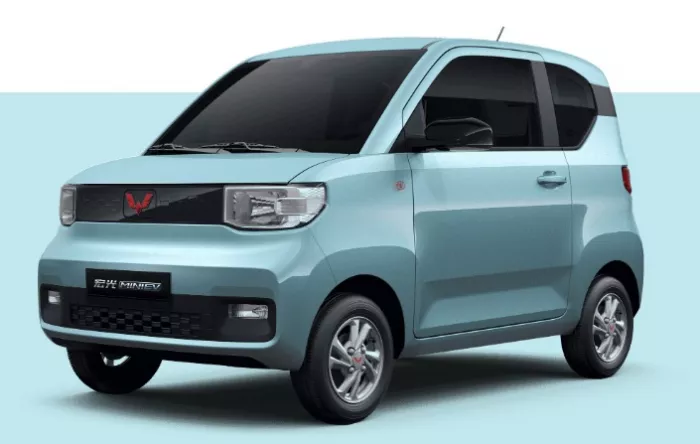
Therefore, it is no wonder that the security guard is not allowed to enter the station when changing from slow charging to fast charging. There are so many trolleys in the charging station. In case something happens, the security guard can not bear the responsibility.
And can responsibly tell you that the above modification is definitely not guaranteed.
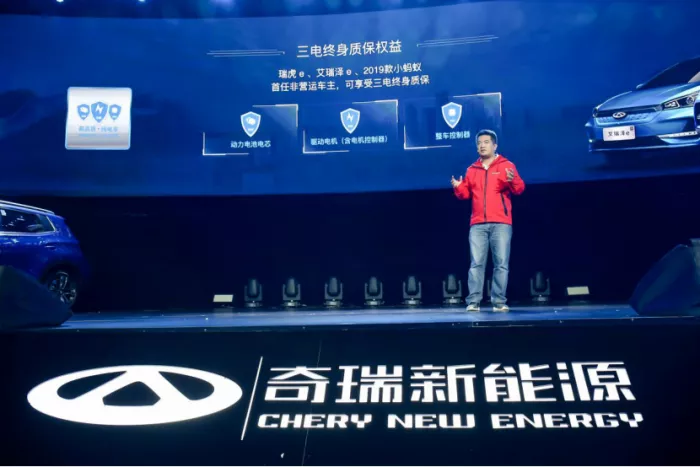
You have transformed the entire charging line and bypassed the "safety protection" set up by the car companies. The insurance company should not be the wrong one.
As for gb/t27930-2015, which is bluffed by those who sell modified equipment, it has nothing to do with your modified vehicle, nor can it endorse you.
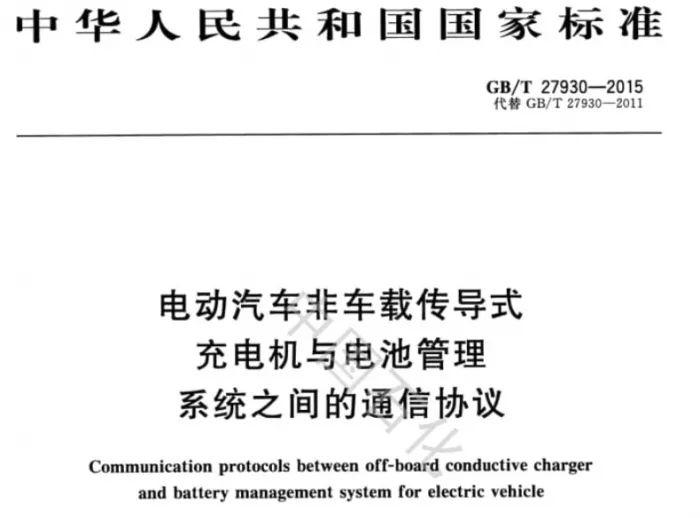
In fact, with the hot electric vehicle market in recent years, the market for refitting electric vehicles has gradually dried up.
Not only is the slow charging changed to fast charging, but there was also a gadget that was used to change the pure tram into an incremental program.
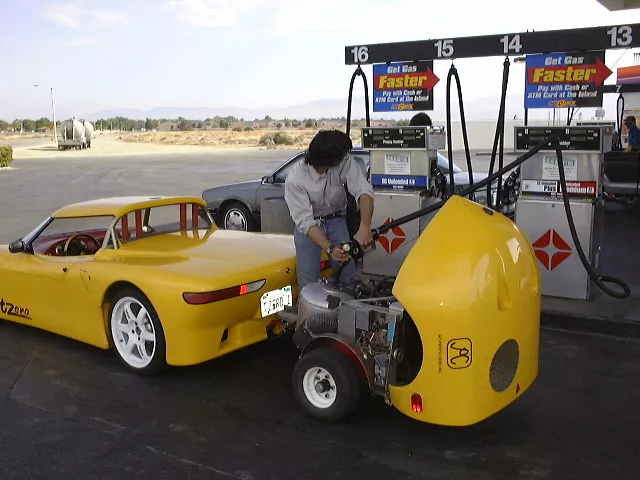
It is to install a generator in the trunk, about 20kW, so that the electric car can be charged while running.
But because this thing is too big, it is usually stuffed under the trunk. Just imagine, in case of being chased by a big car and dragging the fuel tank, isn't it also a time bomb?
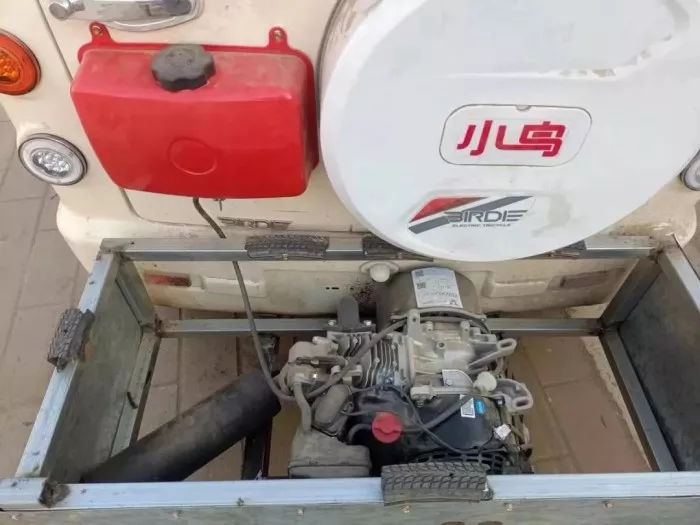
In the final analysis, it is still recommended that we do not play with the modification of the tram to the "three electricity" system. It doesn't matter what you say about changing the car machine and painting.
However, the key components such as battery, electric drive and electric control are still delivered according to the factory requirements. The oil tanker next door has been refitted for so many years. Have you ever seen a car that can drive directly on the road with a different engine.

Secondly, car companies have to work hard.
The production and sales volume of new energy vehicles in China has ranked first in the world for seven consecutive years. The best sales volume is the mini EV and other urban scooters, which are small and convenient.
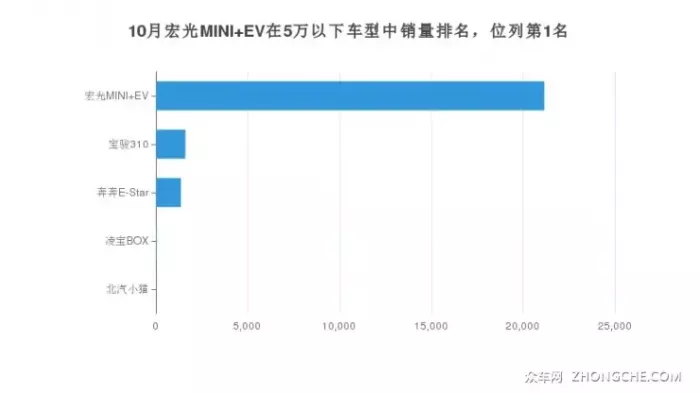
However, slow charging, a "5v1a" era gadget, should be considered for abandonment. If you can't find a few slow charging piles, it will take 89 hours to charge, and you basically don't want to go away.
Moreover, since 2020, many car owners in the mini EV forum of autohome have been raising the issue of changing fast charging. Up to now, there have been more than 20 posts for discussion and information.

The world has been suffering for a long time.
No matter how bad it is, car companies can also choose a fast charging option. They want to take care of both slow charging at home and fast charging at charging stations.
It must be safer and more secure than finding a repair shop at the gate. Who doesn't want safety first.
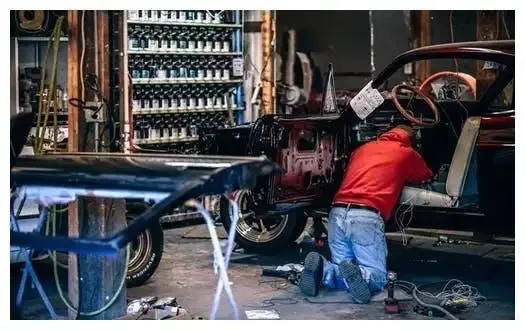
At the end of the article, I hope everyone can buy a fast charging and full scooter ev.